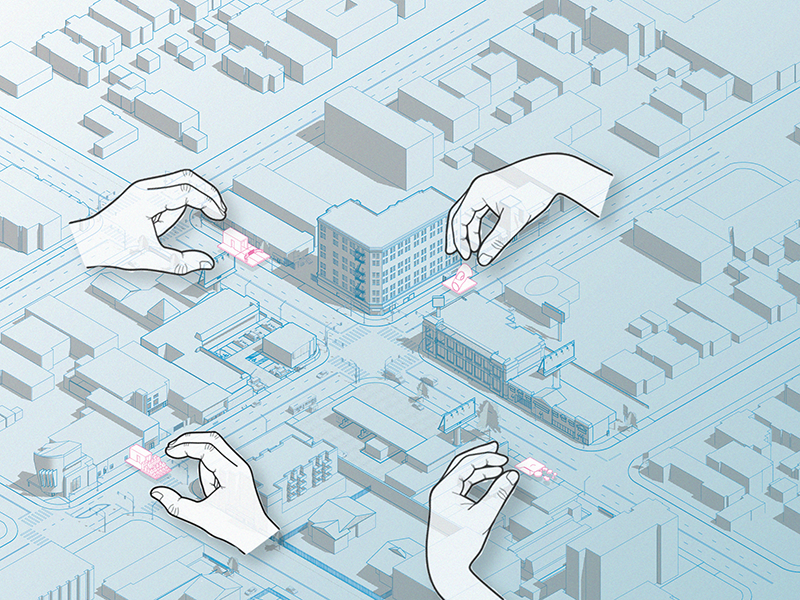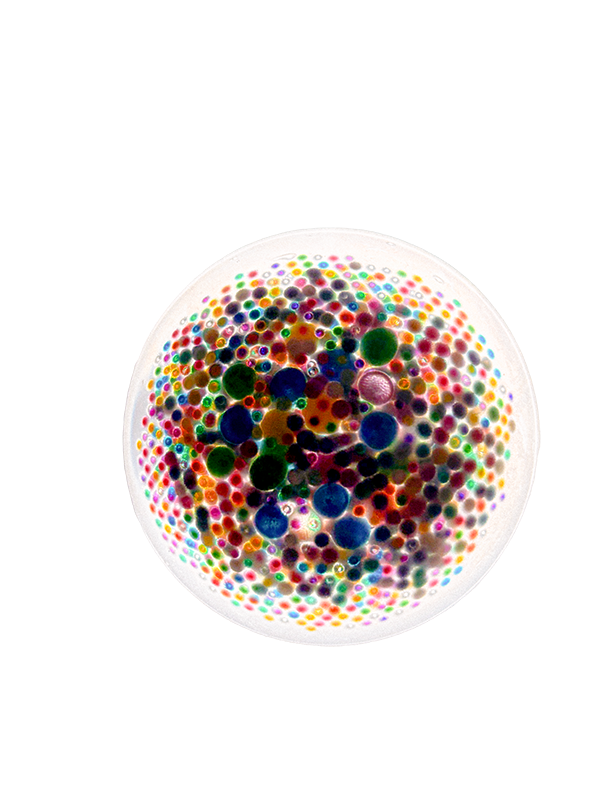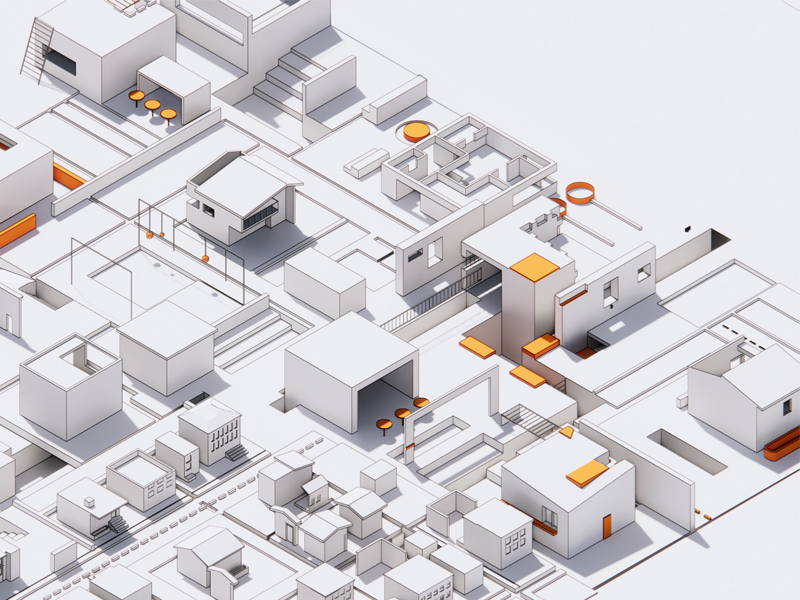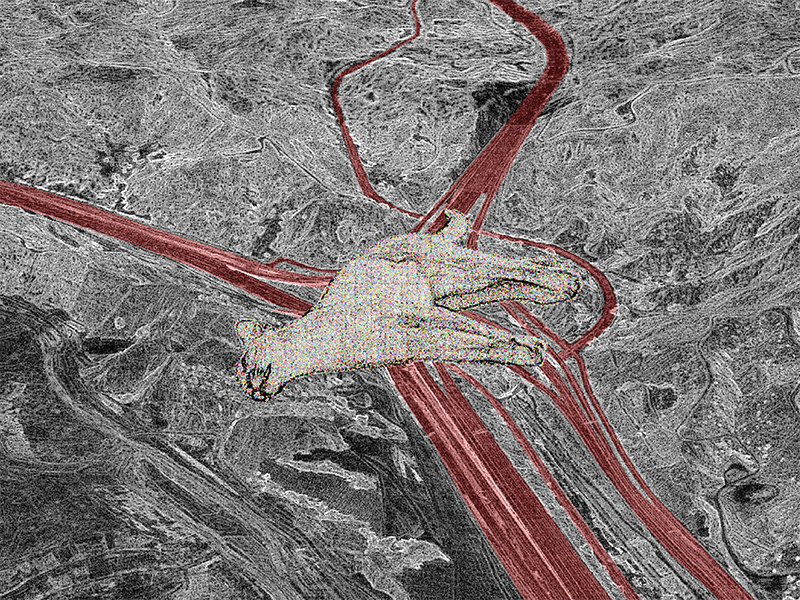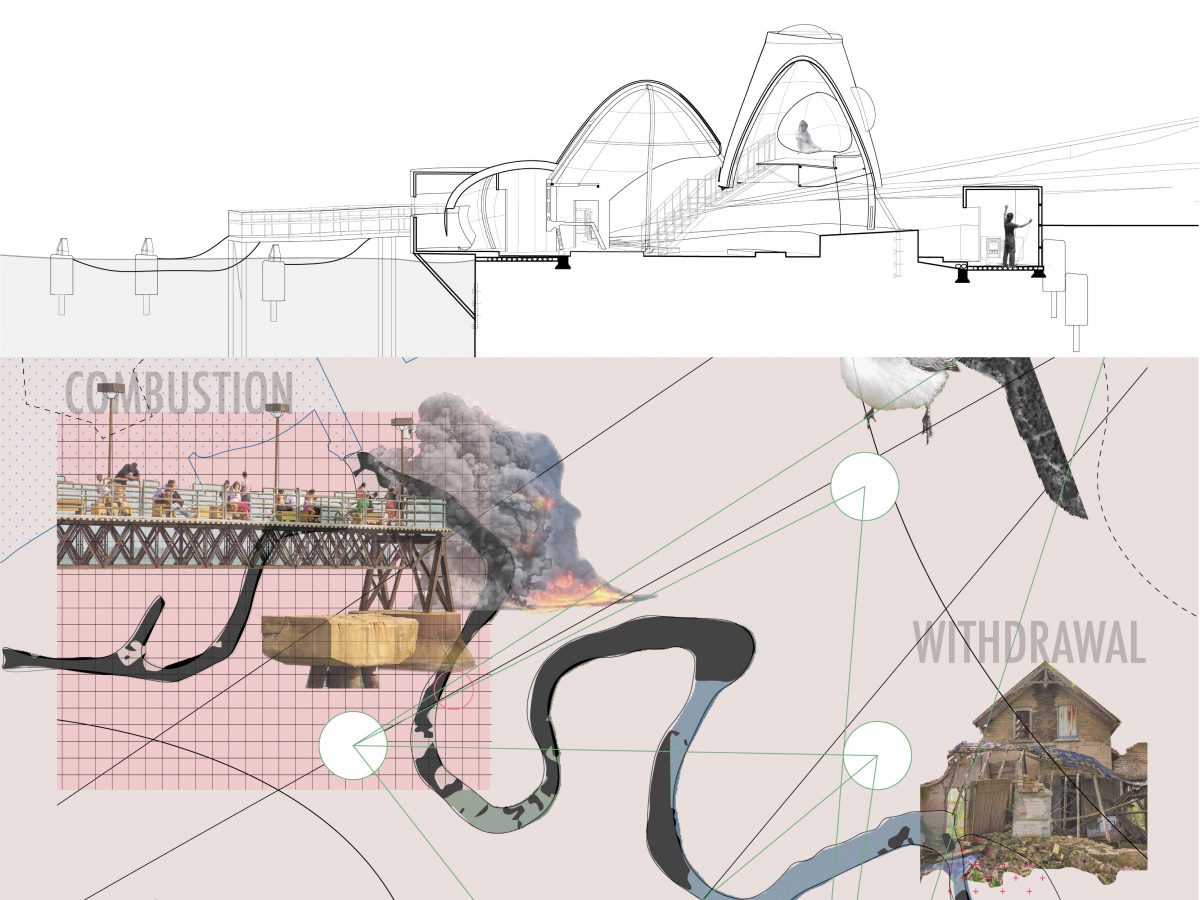The built environment is constructed in binary heteronormative ways that exclude queer people, which causes the creation of hidden, often unstable, queer spaces. These spaces exist in a variety of forms, catering to different queer communities even though there has been little to no architectural infrastructure dedicated to them. “Queering” existing spaces in a safe, flexible, and visible way subverts existing binary spatial constructions. The insertion of my catalogue of “queer” threshold pieces into existing thresholds will aid in the act of spatial occupation of heteronormative spaces.
